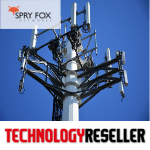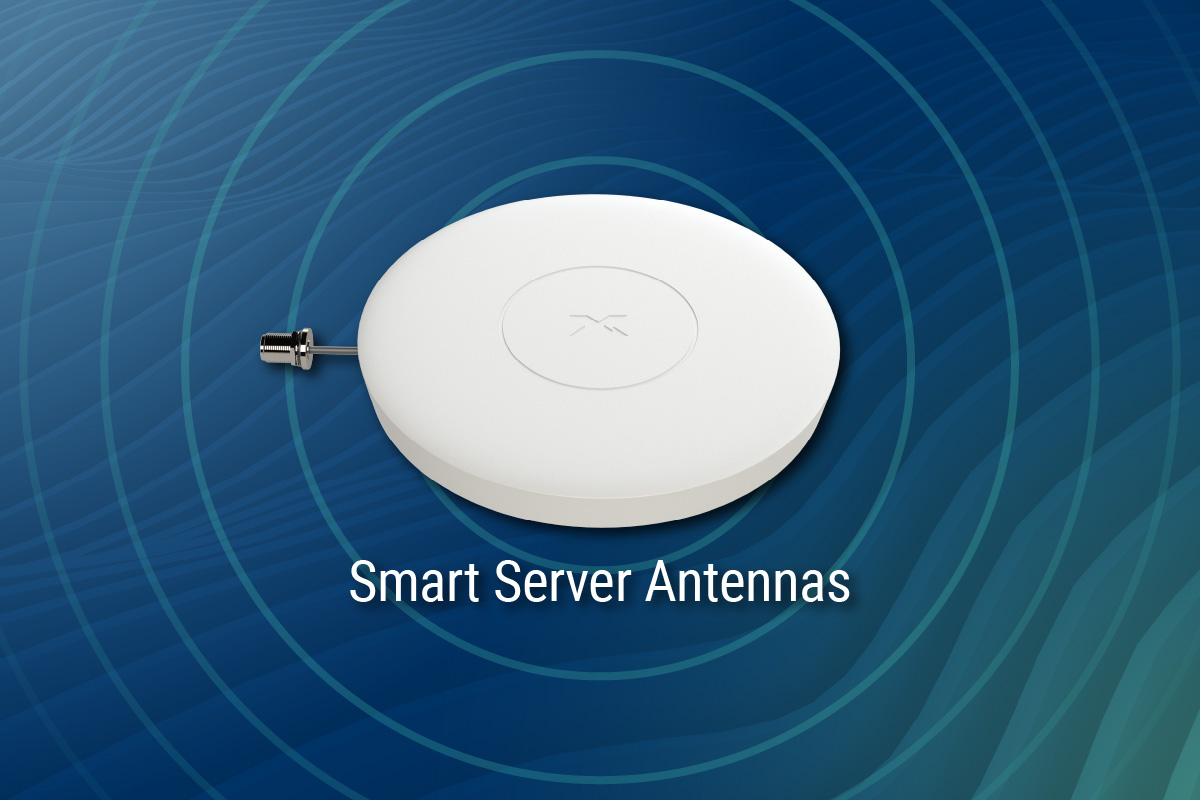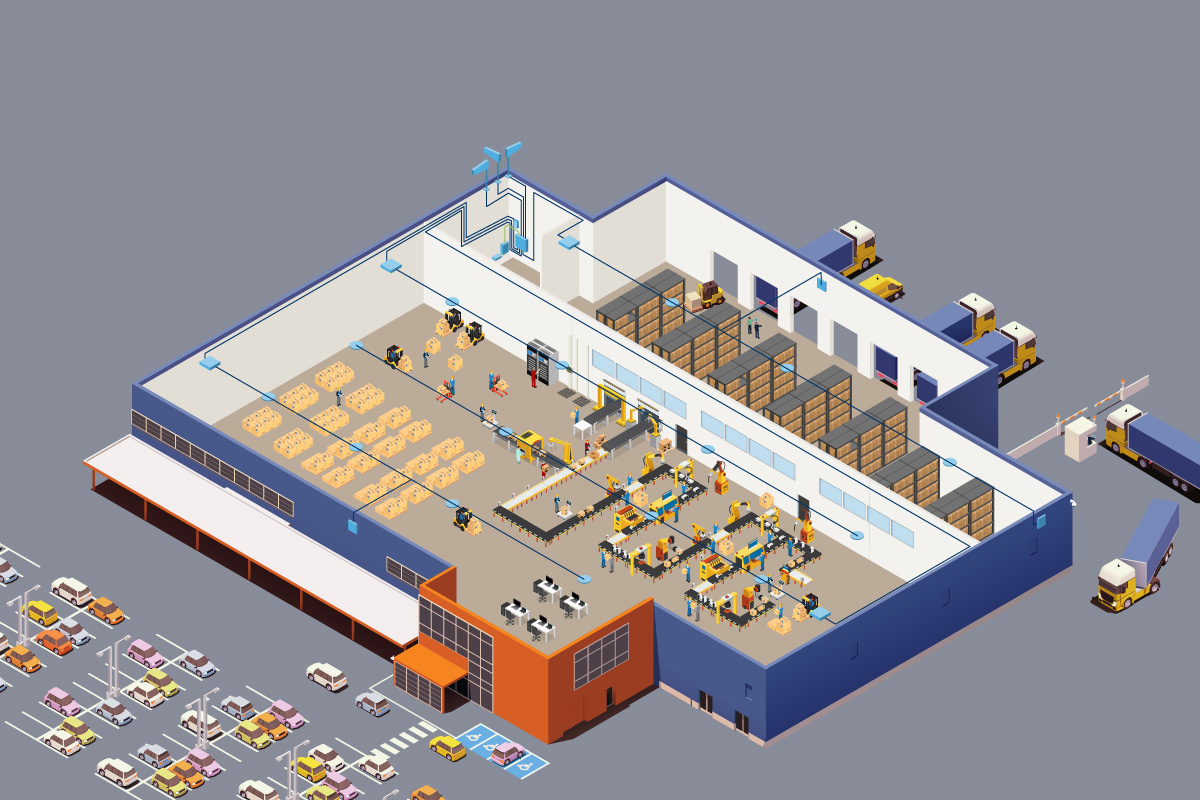Stuart Waine outlines the importance of thoroughly researching options, so you don’t fall foul of the rules
Over the last 12 months there has been a seismic shift in working trends, with around a quarter of Britons now working away from the office. Unfortunately, the shortcoming of this is that not everybody has a powerful enough ICT setup to support data draining services such as Zoom, Skype or Microsoft Teams. Homeworking networks that historically have only had to support low-demand daytime usage are now required to provide connectivity on a par with large enterprises.
In tandem, many consumers are also struggling with substandard mobile phone coverage inside their respective dwellings because the bricks and mortar from which they’re made, alongside the reinforced concrete, glass, iron girders and insulating foam weaken mobile phone signals, particularly the higher frequency 4G ones needed for OTT services. With mobile phones increasingly serving as the single point of contact for all commercial and social communications, individuals and businesses alike are taking steps to improve mobile signal strength using third-party solutions such as mobile repeater systems. Even though these systems are readily available to purchase, not all of them are legal to use because Ofcom has strict regulations pertaining to this. If you’re caught using contraband equipment, the consequences can be serious, with systems confiscated and fines imposed, or a stint in prison in the worst-case scenario.
What are the mobile repeater rules?
Before you can make an informed choice about acquiring mobile signal boosting equipment, you first need to understand what is and isn’t allowed by Ofcom. In 2018 their legacy rules were relaxed. The upshot of this change means that businesses and individuals are now permitted to deploy mobile repeater systems provided said systems comply with a stringent set of criteria to ensure they protect the mobile networks’ infrastructure; they must be network-specific, network safe, not interfere with other networks and dynamically power down in the event of a network conflict.
Mobile repeaters aren’t the only way to improve indoor mobile phone coverage and they aren’t always appropriate. Many factors come into play including building size, type, number of users wanting to connect to the network and the services they want to use. Other possibilities are outlined below.
Distributed Antenna Systems (DAS)
DAS systems are typically deployed in larger installations such as football stadiums, airports or shopping centres. They work by taking the signal source directly from a mobile base station and propagating it throughout the facility using fibre or coax cabling network and associated RF antennas. Due to their sheer magnitude they tend to be complex to deploy, with long timescales involved and typically require MNO involvement, all leading to very high costs.
Picocells and Femtocells
Picocells and femtocells are in essence mini, standalone base station units with integrated radios and antennas, and are used to provide additional capacity to an existing communications network. Deployments are likely to increase as 5G is rolled out because of the short frequency waves associated with this new service. Picocells and femtocells are often used in conjunction with DAS systems and are better suited to larger installations because, as with DAS, implementation is not always that straightforward.
Mobile repeaters
The strength of a mobile signal usually depends on how close you are to a mobile base station, but if something gets in the way of that signal transmission its strength is weakened, even if there is a base station nearby. A mobile signal booster or repeater takes an existing, strong outdoor signal and amplifies it within an indoor space. This makes the mobile signal stronger and greatly reduces connectivity issues, thus improving the overall service and experience. Unlike DAS, femtocells and picocells, they are quick and straightforward to deploy and readily available.
Sorting the good repeaters from the bad
It is totally legal to buy and sell any sort of mobile signal booster. However, as explained earlier, Ofcom maintains strict regulations governing their use. For a mobile signal boosting system to be permissible, it must tick certain boxes set out in Ofcom’s mobile repeater licensing specification and not many of them do. To complicate things further there is currently a loophole in the repeater policies, which means it is not forbidden to sell unlicensed systems and this is why a quick Google search will generate thousands of low-cost results. However, it is entirely illegal to use such products and the end user will ultimately be held responsible for paying the hefty fines if caught, not the supplier.
You should only buy repeaters from reputable sources and look for a ‘CE’ mark on the equipment. Indoor repeaters that claim to be 4G and/or LTE only are unlikely to tick Ofcom’s boxes because legal indoor repeaters must also boost legacy 3G signals.
If you have any questions about mobile repeaters or want to know more about overcoming your indoor mobile coverage problems, then visit the company’s website.
About Spry Fox Networks
Spry Fox Networks are leading suppliers of advanced mobile coverage technology to enhance commercial cellular and public safety communications and are an approved supplier of the Ofcom-compliant CEL-FI by Nextivity mobile repeater product range
A version of this article was originally published by Technology Reseller




